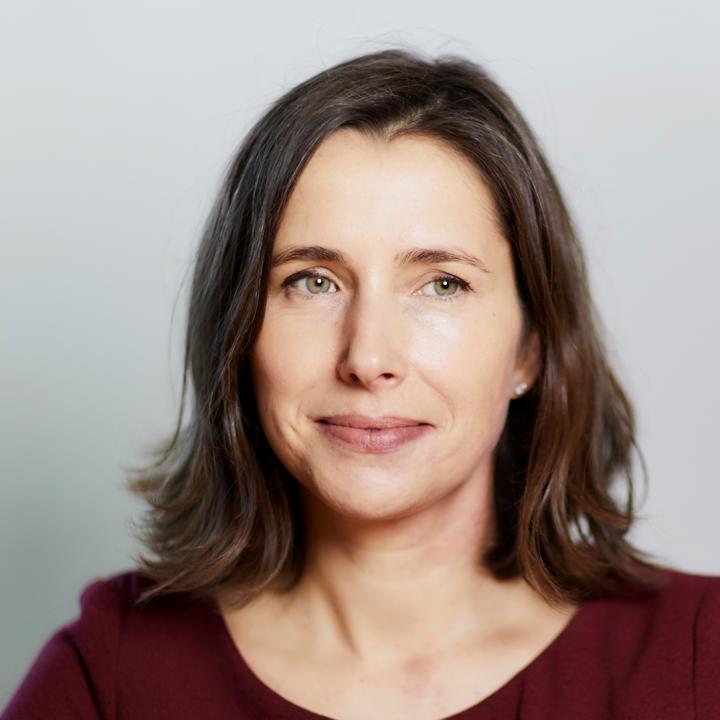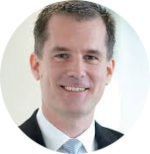
Markets appear late cycle, yet the usual signals for a downturn remain absent. Speaking at Schroders’ Crystal Ball Outlook 2026 briefing, Johanna Kyrklund, group chief investment officer, told journalists that stretched valuations alone are not enough to derail the equity market as long as the economic backdrop remains stable.
Kyrklund said the durability of the current rally increasingly depends on whether the significant corporate investment in artificial intelligence can demonstrate measurable returns. She added that concerns are growing not only about the scale of this spending, but also about how the capex is being financed. “People are worried about what the return on investment will be,” she said.
“We still see opportunities to generate return, so it’s too early to withdraw into sort of a bear cave.”
Johanna Kyrklund, Schroders
Even so, she pushed back against the idea that investors should already be reducing risk. “The economic environment is benign. Valuations are expensive, and therefore the exposures need to be managed expertly, but we still see opportunities to generate return, so it’s too early to withdraw into sort of a bear cave,” she said. A genuine bear market, she noted, would require either significantly higher rates or a recession, “and for now, we don’t see those indicators.”
With some 952 billion euro in assets under management at the end of the third quarter, London-headquartered Schroders is one of the three largest asset managers in Europe.
Broader trends
Kyrklund said this year’s market performance has been more diverse than the dominance of the largest U.S. technology companies suggests. “Everyone talks about the US mega caps as the only game in town, but I was really struck by just how many different themes have generated returns this year,” she said, pointing to the strong performance of European banks.
A more globally diversified environment is also producing decorrelated cycles. “One of the benefits of this multi-globalised world is that we see more decorrelated cycles around the world, and that’s giving… a benefit from geography,” she said. Improved debt dynamics and attractive real yields are supporting emerging markets, although Kyrklund noted that currency risk could reappear in the next inflation phase.
The dollar is another area where traditional assumptions are shifting. “We saw both the dollar and the market go down at the same time,” she said, highlighting a weakening in the currency’s historic diversification role. While Schroders now holds a negative view on the dollar, Kyrklund stressed that expectations for the U.S. economy remain relatively strong.
Buyer’s market
 While public markets remain supported by benign conditions, Nils Rode, chief investment officer of Schroders Capital, described a different cycle unfolding in private markets. After the post-pandemic boom of 2021, activity has cooled across fundraising, dealmaking, exits and valuations. This cooling reflects a “significant decoupling” from public markets, Rode said.
While public markets remain supported by benign conditions, Nils Rode, chief investment officer of Schroders Capital, described a different cycle unfolding in private markets. After the post-pandemic boom of 2021, activity has cooled across fundraising, dealmaking, exits and valuations. This cooling reflects a “significant decoupling” from public markets, Rode said.
“Fundraising and dry powder has declined significantly, so that’s why it has become a buyer’s market and why it’s interesting.”
Nils Rode, Schroders Capital
He views the slowdown as positive for new allocations. Lower competition for assets, reduced dry powder and more realistic pricing are improving entry conditions. Schroders expects the current and next vintage years to be among the more attractive of recent cycles. Rode also highlighted the continued growth of GP-led continuation funds, which often carry lower fees, fewer surprises and quicker liquidity than traditional fund transitions.
Mid-buyout strength
Small and mid-market buyouts continue to demonstrate resilience, he said. Local, service-oriented businesses, which account for more than 80 percent of private-equity portfolios, tend to be less exposed to trade disruptions and global shocks. Schroders’ 25-year review of private-equity returns shows these strategies consistently performing among the strongest during major crises.
Rode added that all new investments are tested against multiple scenarios, from stock-market volatility to potential AI boom–bust patterns, reinforcing the need for thoughtful long-term positioning.
Private-market investors “generally sleep well,” said Rode, as they tend to be more insulated from short-term swings because the long holding periods provide stability. Since these assets cannot be traded in and out, he added, it becomes essential to understand the risks upfront and test investments against different scenarios.
“If you take that longer view that we need for private markets for the next several years, then the risks beneath the surface are rising for us. That means private market investors should not focus on short term momentum, but on longer term resilience.”